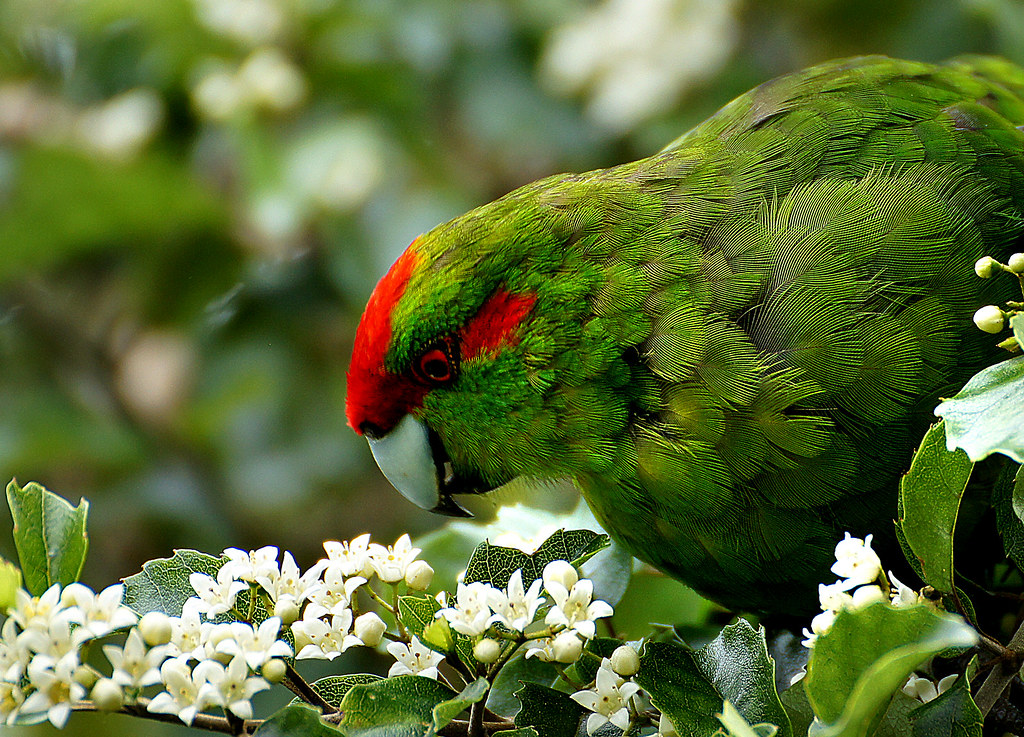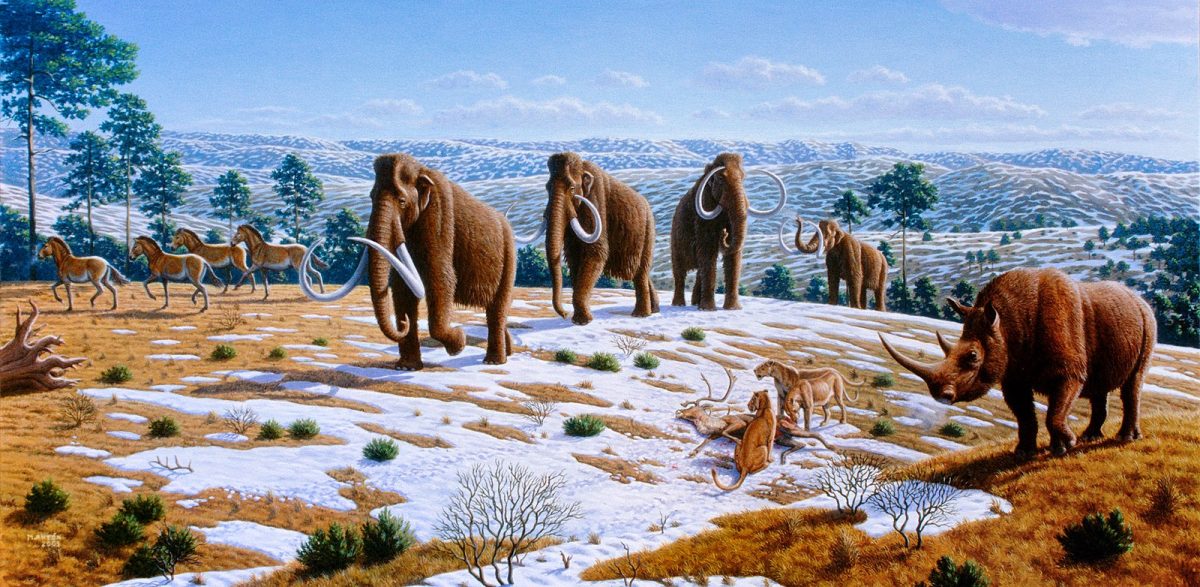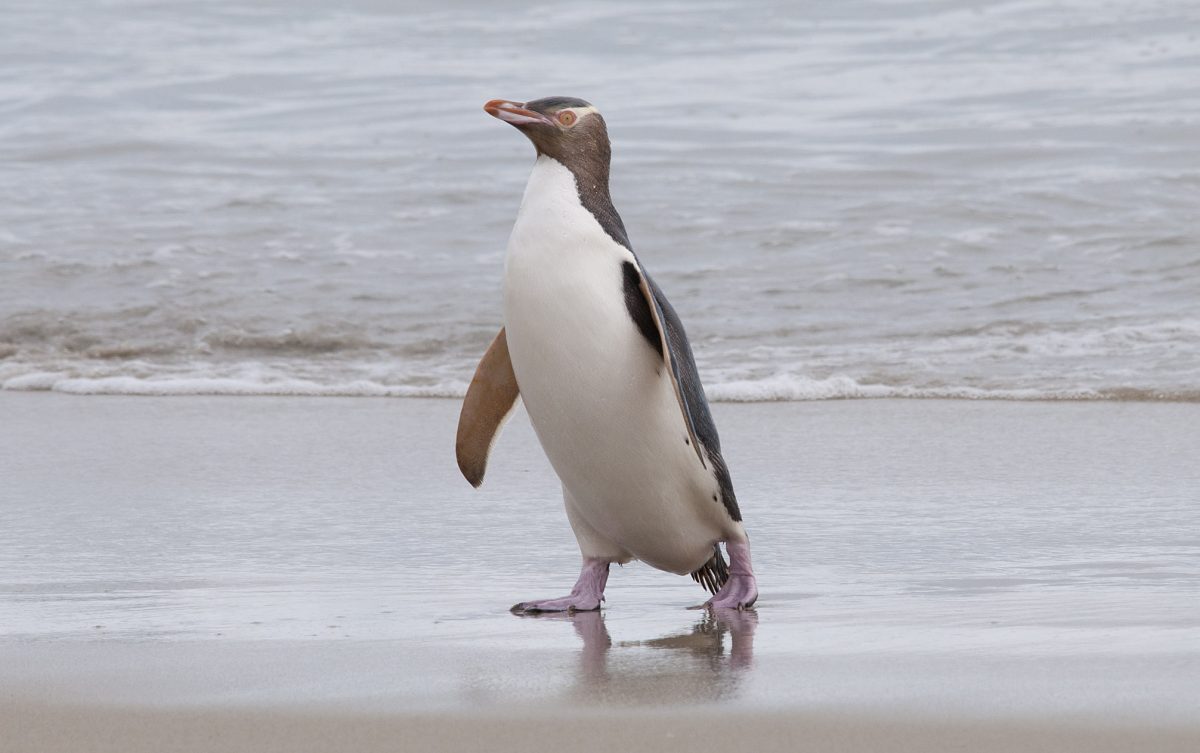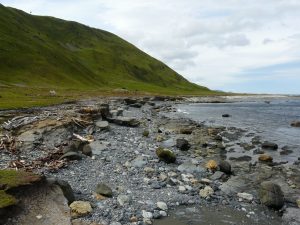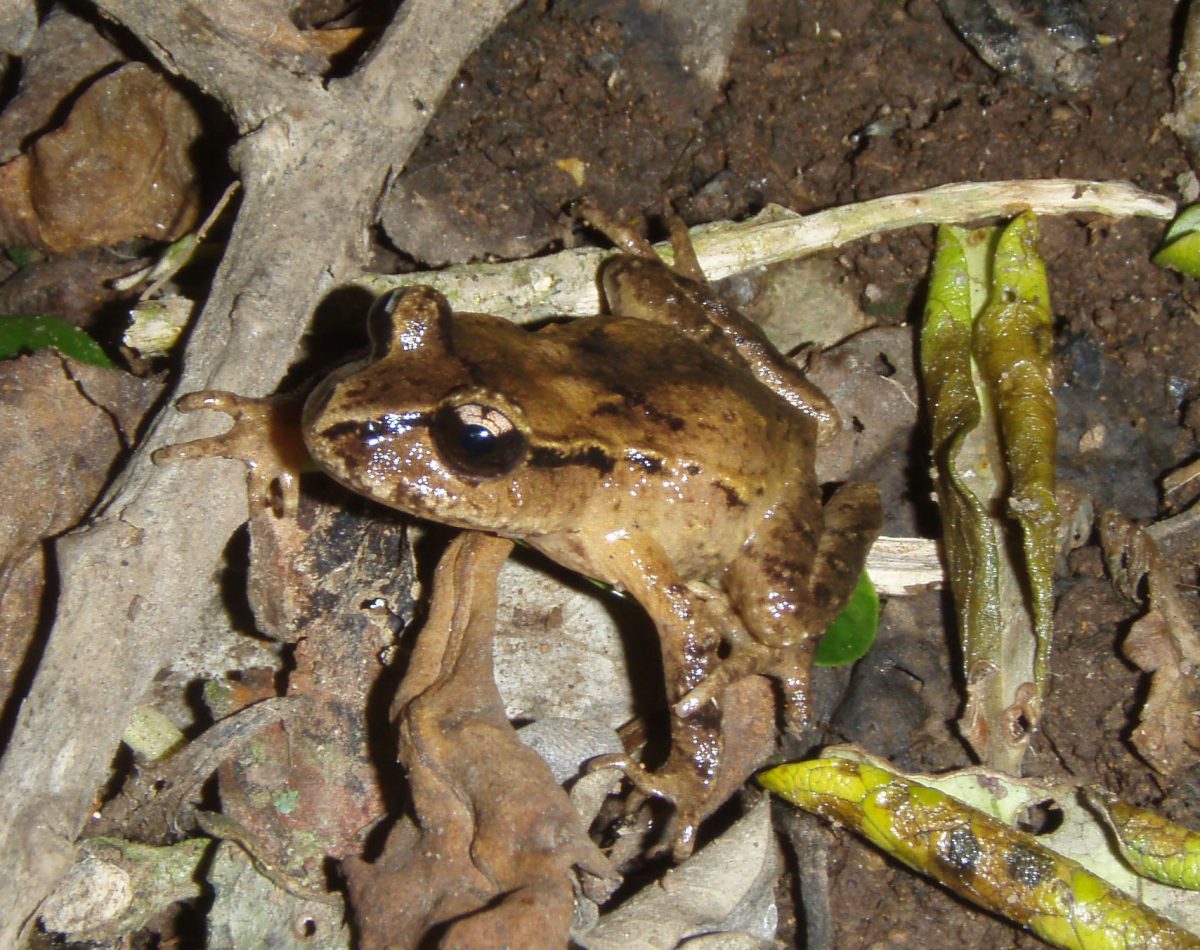Prioritising species conservation and over-stretched government funding is built upon an accurate understanding of evolutionary relationships and taxonomy. But what if that evolutionary history is wrong?
More importantly, what are the consequences for endangered biodiversity as conservation funding and resources are re-assigned? Numerous examples have come to light in recent years where genetic techniques have shown previously recognised endangered or threatened birds do not exist, such as the Cape Verde kite which was formally considered to be the world’s rarest feathered predator. Continue reading “Resolving a genetic mash-up: reconstructing an accurate evolutionary history of kākāriki”

